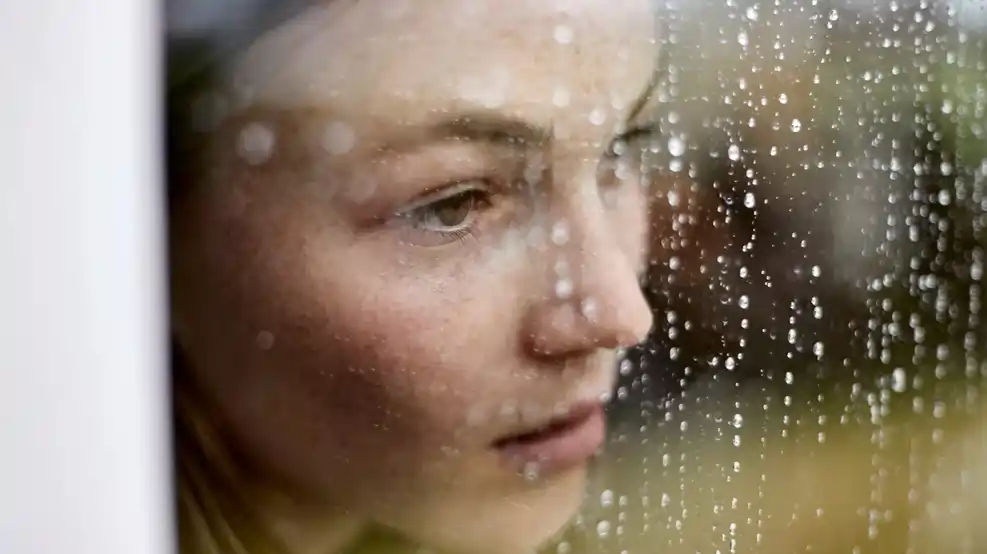Three books to heal the wounds of the heart and find light among negative emotions
On this occasion we present three mental health texts that speak from experience and knowledge in the field: “The danger of being sane”, “The Auschwitz dancer” and “Scars don’t hurt”.
Books and all their knowledge can also provide clues to the narrative of the mind, to the emotional health that has threatened the rhythm of our days in different ways, and to the way to manage the thoughts that have been dragged along our lives.
Today, as more and more relief is sought for the emotions and the mind, these books can provide tools to understand the challenges we face, interpret our experiences and, at the same time, go beyond the superficial symptoms. This is a journey into the universe that is ourselves.
“The danger of being sane” by Rosa Montero.
“I always knew something was wrong inside my head. When I was six or seven years old, every day, before going to sleep, I would ask my mother to hide a small ornament that was in the house, a hideous little copper cauldron, the typical cheap souvenir store object or maybe even a gift from a restaurant.” (Taken from El peligro de estar cuerda).
Thus portrays in her book Rosa Montero, the author of novels such as Crónica del desamor or La función Delta, the result of an exploration throughout her personal experience and reading and research in areas such as psychology and neuroscience, but also in literature and memoirs of other authors in different fields of art.
How much can creativity be related to mental stability? To enter into this dialogue, Montero has chosen to explore a series of curiosities that allow the reader to understand how the brain works, the colors of madness and its relationship with creativity.
“The Auschwitz Ballerina” by Edith Eger.
“I could synthesize my whole life in one moment, in one image; in this one: three women in dark wool coats wait arm in arm in a desolate courtyard. They are exhausted. They have dust on their shoes. They are part of a very long life.
The three women are my mother, my sister Magda and me.” (Taken from The Auschwitz Ballerina).
This is how the psychologist Edith Eger began one of the most important works of her career, in which she narrates the battle she had to live in the flesh, not only to survive the Nazi concentration camps but also to manage the universe of memories that piled up in her mind and threatened her mental health.
Fighting against the clouding thoughts and dealing with the notion of knowing herself to be a victim of the tragedy are the main scenarios that the author faces in these pages. A traumatic experience that shows her healing process in each page. It is precisely the tragic experiences that hardly fail to influence the present of those who have lived them, according to Eger.
“Scars do not hurt” by Anabel Gonzales.
“When we get a wound, the best thing to do is to clean it well and let it dry in the air. This way it will close, it will become a scar and it will stop hurting. When we look at it, we will remember what happened, but we will no longer feel pain. If, on the other hand, we cover the wound and tell ourselves that it is not there, it is possible that it will become infected and generate a larger problem”. (Taken from the synopsis of Las cicatrices no duelen).
It is possible to get out of pain. This is the premise of Anabel Gonzales, psychiatrist, psychotherapist and author of Lo bueno de tener un mal día, who has focused her work on the treatment of post-traumatic conditions, which served as the basis for trying to explain in these pages how it is possible to stop feeling pain if the past is treated.
He proposes a route that leads to emotional healing, but not before explaining to the reader how emotions work to guide recovery, and which are the ways to achieve it. With firmness, he argues that this is a process that is possible to carry and with a relief that is close at hand. A problem that does have a solution. To this end, he discusses EMDR therapy, a system that works with memories and defenses against pain to heal traumas and reduce the mental obstacles that prevent further progress.

